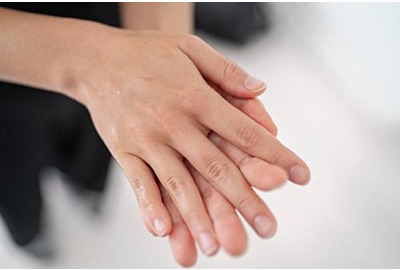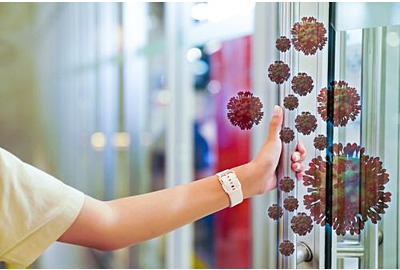The first wave of Coronavirus was successfully flattened in many countries across Europe by practicing social distancing and meeting more stringent hygiene standards. Now that the infection rates are rising again experts fear a second, more aggressive, wave. However, the power is in our hands to prevent this scenario.
Fear of wave number two
Experience shows that a second pandemic wave is often more aggressive than the first. The internationally renowned virologist Christian Drosten describes why: "The first wave was caused (...) when the virus was first brought in by (...) travellers who spread it in their own age group," says the head of virology at Berlin's well-known hospital Charité.
He continues: "While the virus was only infiltrating a small number of population clusters during the first wave, it will spread throughout the whole population within the second wave. Because in the meantime it has spread more and more across social classes and age cohorts. And after the holiday season we will see that the new infections will also be more evenly distributed geographically than before."
Chains of infection are getting more difficult to trace
This has consequences for tracing and breaking the chains of infection. "While most chains of infection were previously traceable, new cases may soon appear everywhere at the same time, in all districts, in all age groups," Drosten warns.
But this does not mean that we are defenseless against a second wave. On the contrary, we all have the power to help flatten the infection curve again, by maintaining discipline. As long as there are no drugs to treat Covid-19, the second wave of Coronavirus can only be controlled by social distancing and following strict hygiene-rules.
Distance, hygiene and masks every day
This is especially important in professional fields where sick or elderly people are being nursed or where many people meet, such as in hospitals as well as offices, schools or hotels. In this context, the Robert Koch Institute repeatedly emphasizes the importance of these three measures:
- Distance: A minimum distance of 1.5 m should be maintained in public wherever possible.
- Hygiene: When coughing and sneezing, keep your distance and turn away from others. Hold the crook of your arm in front of your mouth and nose or use a tissue that you should dispose of immediately. Wash your hands regularly with soap and water and avoid touching your eyes, nose and mouth.
- Face Masks: A face mask must be worn in certain public areas, such as public transport or in shops.
Transmission by droplets and hands
Why does that help? As far as we know at the moment, Coronaviruses are transmitted primarily by tiny droplets that are emitted when coughing, sneezing or speaking out loud. Indirect transmission via hands or contaminated surfaces is also possible. The recommended hygiene measures prevent the uninhibited spread of corona viruses.
When choosing the right hygiene products, e.g. a sanitising hand rub for hand hygiene, you should bear in mind that not every hand sanitising product that is currently on the market has been tested to meet necessary quality standards. In some cases, products available on the market are ineffective, giving users a false sense of protection from germs, and some can even cause pain or discomfort with repeated use.
To help ensure skin health and hygiene, here are some tips to help you find the perfect product:
- The World Health Organization recommends an alcohol content of at least 60 to 80 percent to maximise germ-killing effectiveness.
- Refill cartridges for dispenser systems should be hygienically sealed so that no germs can enter from the outside during transport or storage.
- The products should contain care substances that keep the skin healthy. They prevent itching, open spots and dermatitis and ensure a pleasant feeling on the skin.
Keep well!

















